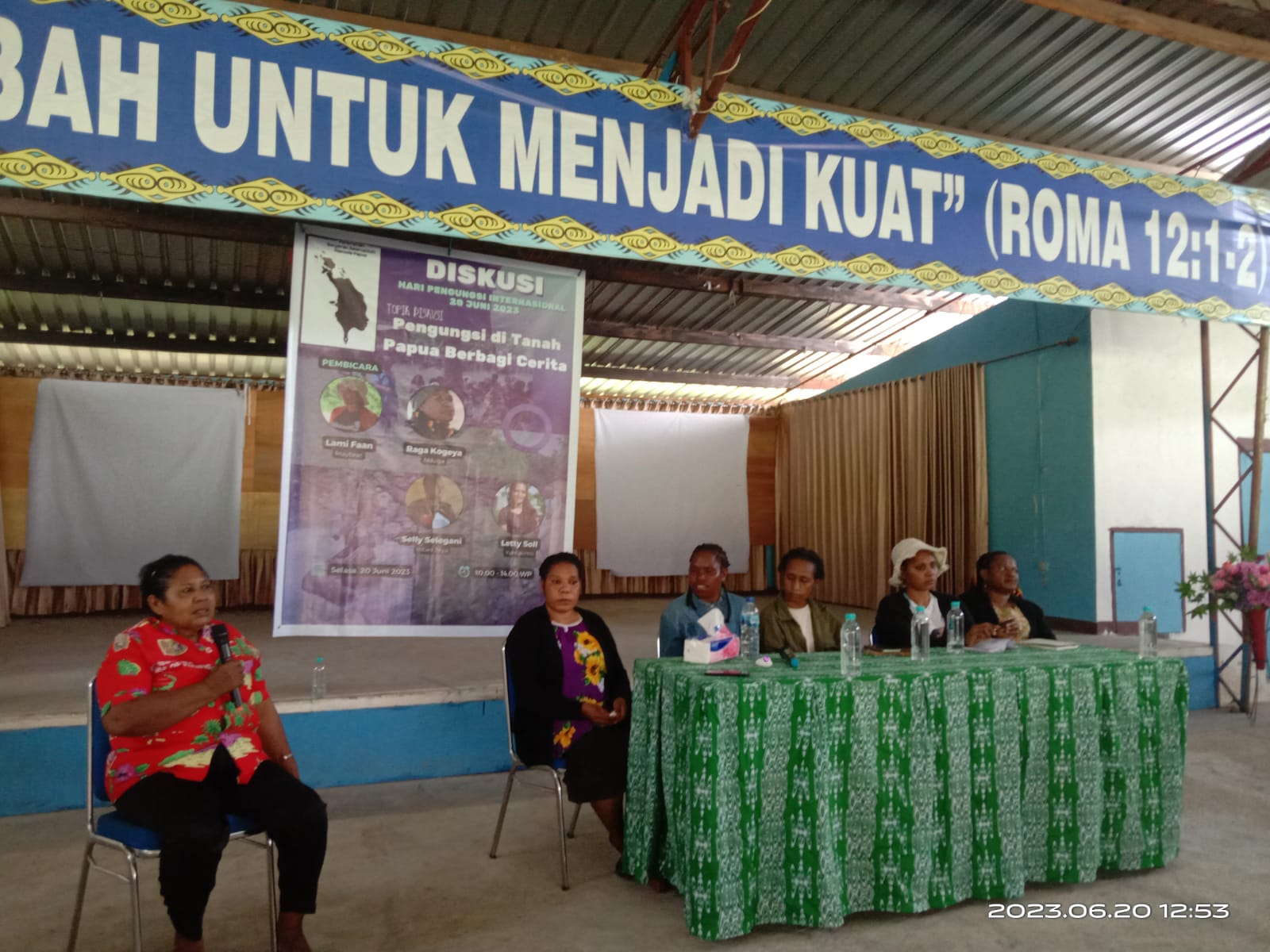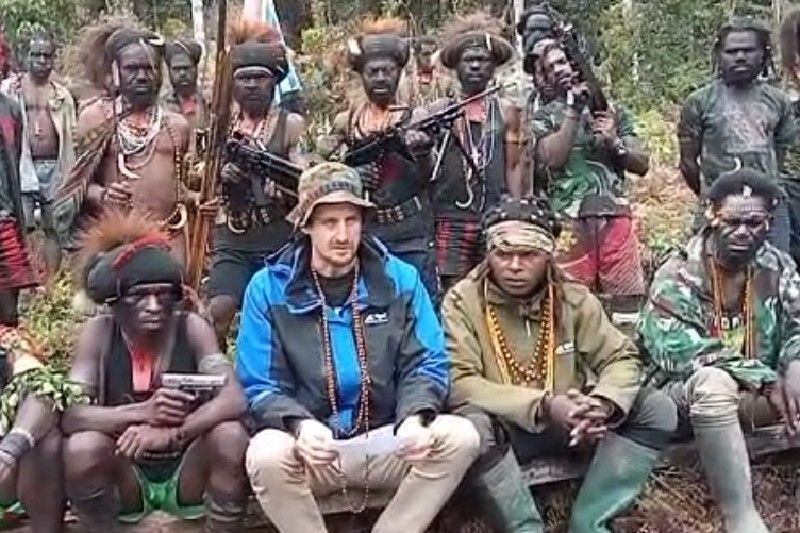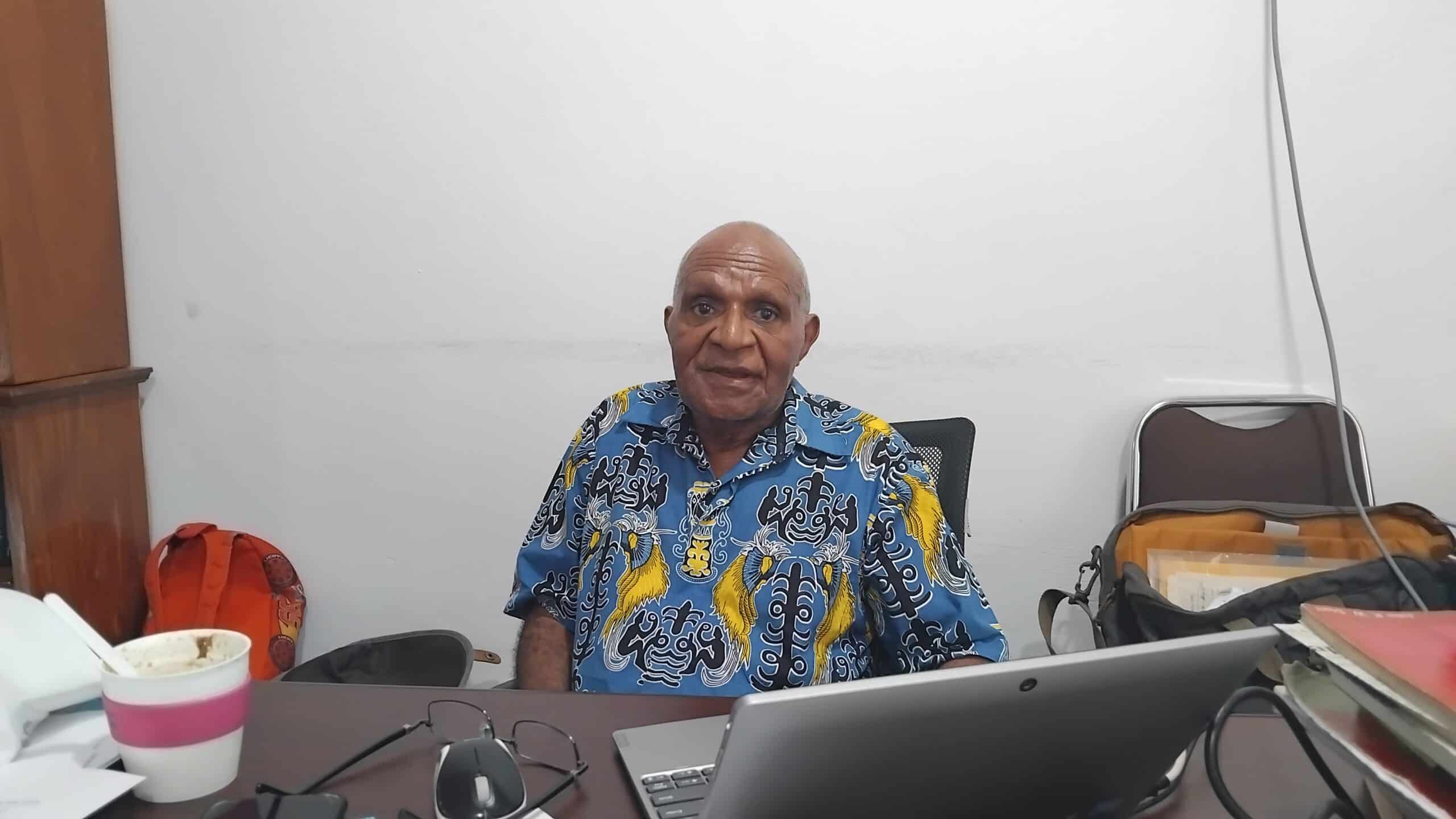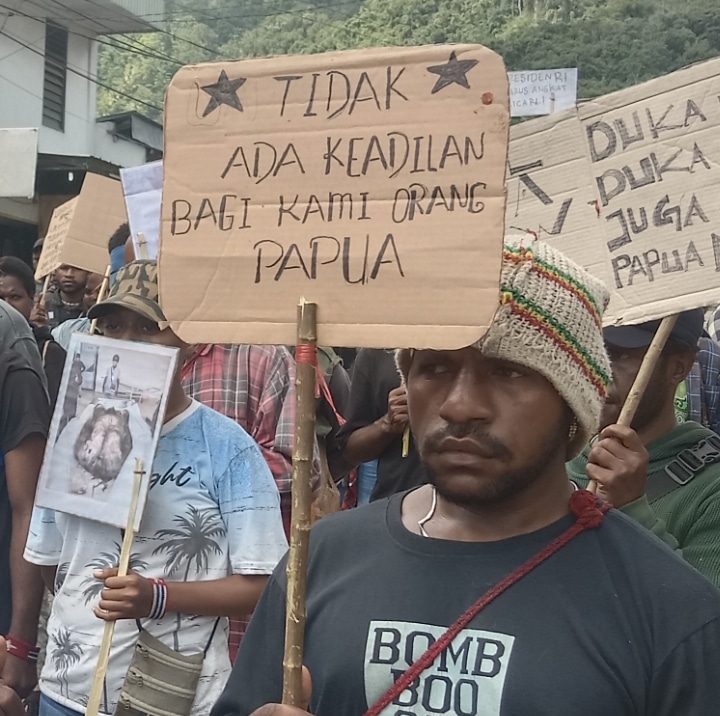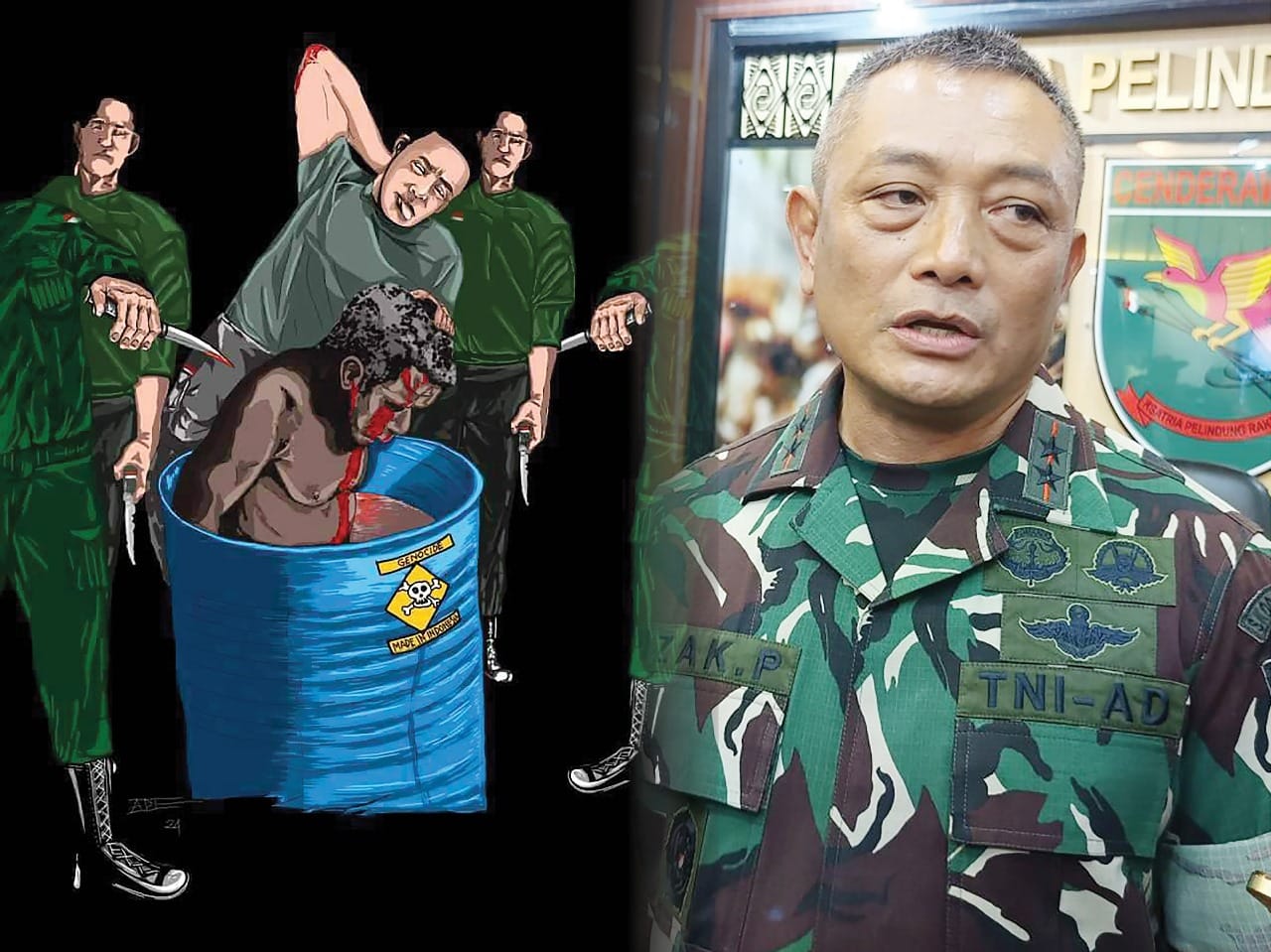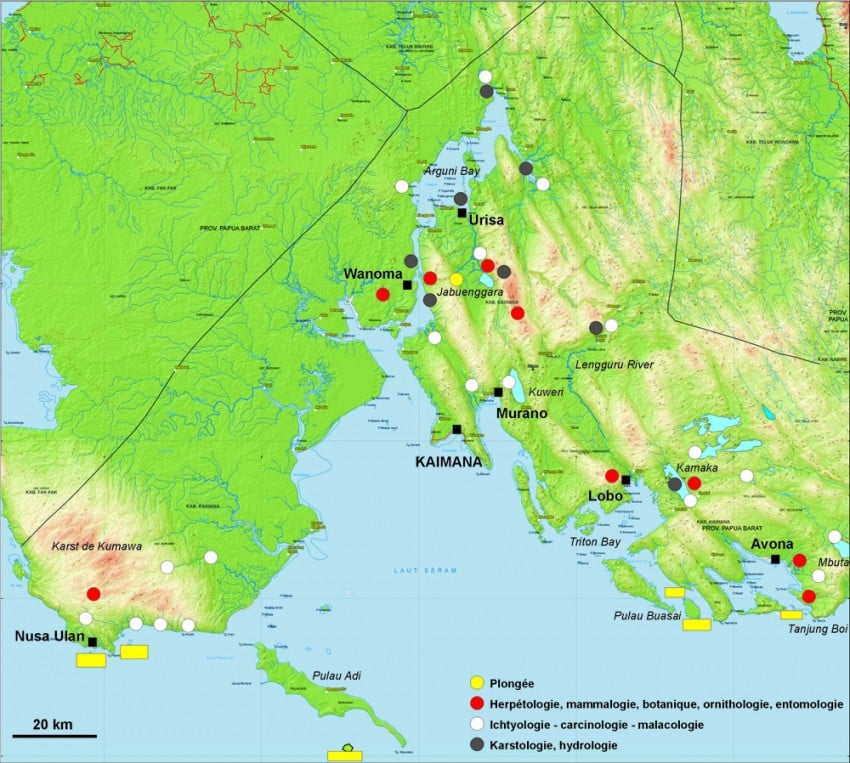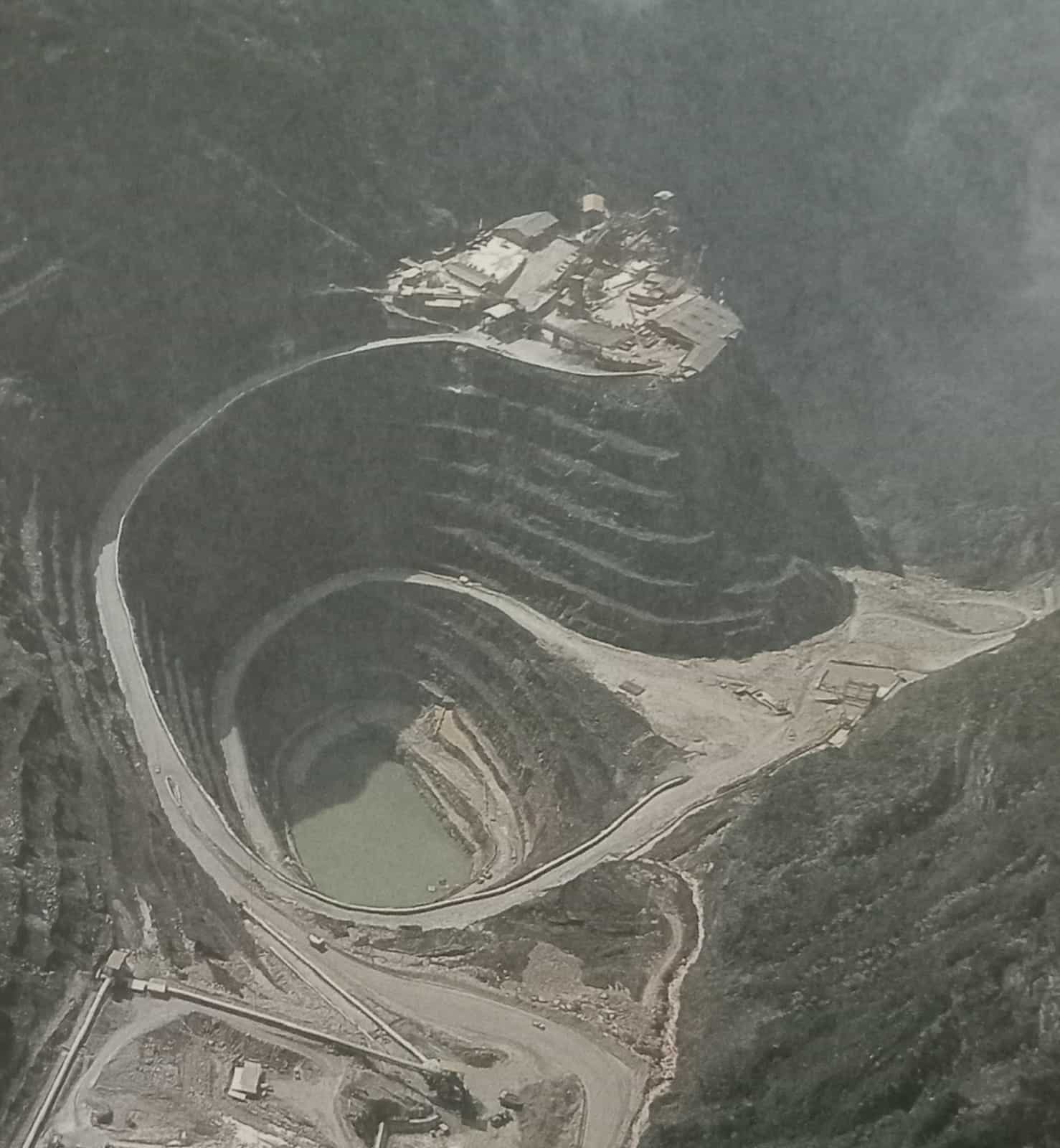
Teminabuan, Jubi – A 3,545 hectare slice of Papua’s rainforest was last week (9/3/2017) officially placed in community hands, to be protected and managed by the indigenous people of the Knasaimos landscape in West Papua’s Bird’s Head Peninsula. This is the first Village Forest to be established in Papua and it allows the communities of Manggroholo and Sira villages, situated in South Sorong district, to put a stop to the threat of deforestation from illegal logging, palm oil and pulpwood plantations.
Representatives of the Province of West Papua officially handed over the Village Forest management rights, initially valid for 35 years, to representatives of the two villages at an event in Teminabuan, the district capital. Traditional Tihor, Sayo, and Salawa dances were performed to greet participants in the ceremony, which was attended by around sixty members of the roughly 400-strong forest community.
“This is a victory not just for we residents of Sira and Manggroholo villages, but for everyone, especially here in Papua where much forest remains. Forest protection is vital to secure the future of our communities,” said Fredrick Sagisolo, head of the Knasaimos Tribal Council (Dewan Persekutuan Masyarakat Adat Knasaimos).
“Our target is to extend the right to Village Forest to every village in the Knasaimos traditional domain.”
The new Village Forest sits within the 81,646-hectare Knasaimos indigenous territory, and comprises an area of 1,695 hectares to be managed by Manggroholo village, and 1,850 hectares for Sira village. During the 2000s, illegal loggers targeted merbau timber species in the Knasaimos area, and elsewhere in coastal Papua. Exported at a rate of 300 thousand cubic meters per month from Papua to factories making luxury flooring in China, the trade earned Papuans who collaborated with the industry less than half a cent per dollar’s worth of flooring sold in the west.
More recently, plantation companies have eyed the area, and some have secured concession rights from government, within the Knasaimos forest landscape. Sira and Manggroholo village leaders however say they have rejected advances from palm oil companies, instead asking for help from local NGO Bentara Papua, which along with Greenpeace Indonesia, has assisted the community to establish its own indigenous association. Together the NGOs and community have undertaken a process of participative mapping, forest surveys and non-destructive forestry training. The Village Forest plan now includes collection of non-timber forest products such as damar resin, gaharu, and rotan.
“Greenpeace supports community-based forest management which recognises sovereignty is in the hands of the local people. Papuan forests, increasingly succumbing to the expansion of oil palm, must be protected. The commitment of the Manggroholo-Sira community is an inspiration to others resisting deforestation in Papua,” said Kiki Taufik, Head of Greenpeace’s Indonesia Forests Campaign.
Indonesian President Joko Widodo promised in 2014 to give forest-dwelling communities control over 12.7 million hectares of forest estate through community forestry schemes including Village Forest areas. The Sira-Manggroholo Village Forest is the first such area to be allocated in either of Indonesia’s two provinces which comprise Papua.
Representing the Governor of West Papua, provincial development and economy expert Niko Tike said: “The forest is like our mother, providing for our needs. It’s a must that we protect it and use it wisely, so that our requirements are always secured, now and in the future. If the forest is destroyed, it will mean disaster for us. I hope these two villages can become a model for others in driving community forestry in West Papua.” (*)




